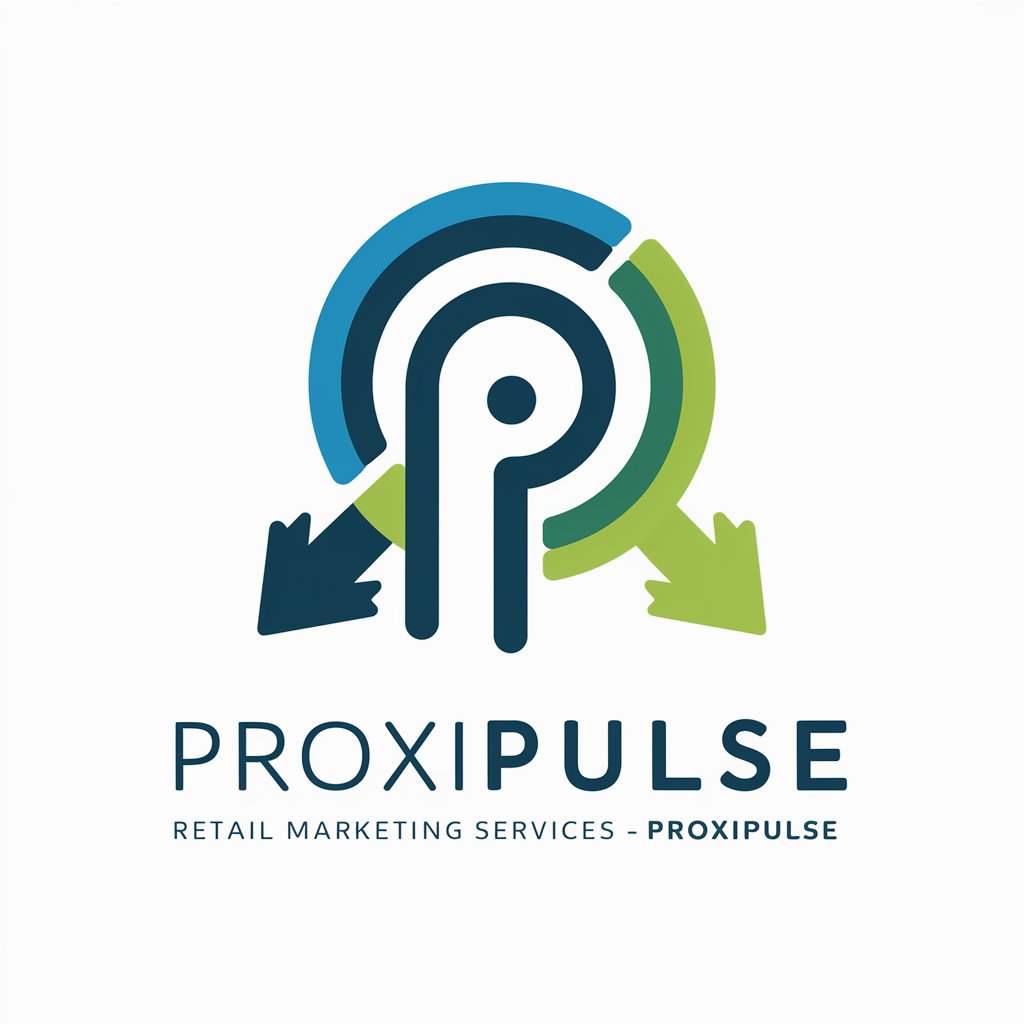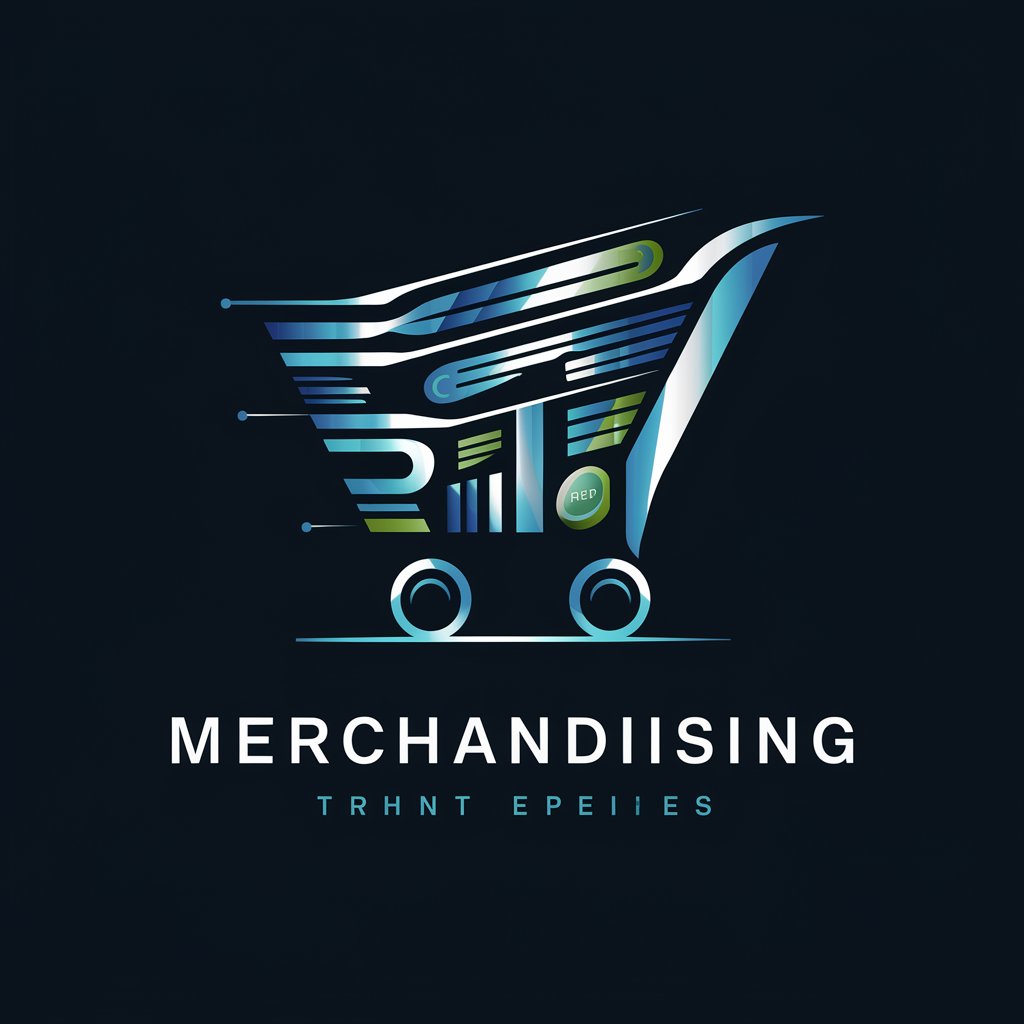
In-Store Merchandising - In-Store Merchandising Guide

Welcome! Let's optimize your store's merchandising for success.
Enhance Retail Spaces with AI-Powered Insights
How can I enhance the visual appeal of my store's entrance?
What are some effective techniques for creating eye-catching window displays?
How should I organize products to maximize sales in a small retail space?
Can you suggest ways to improve customer flow and experience in my store?
Get Embed Code
Overview of In-Store Merchandising
In-Store Merchandising is a strategic retail approach focused on the visual presentation and arrangement of products within a store to maximize sales and enhance the shopping experience. This involves carefully designing store layouts, product displays, and signage to attract customers and encourage them to make purchases. Examples of in-store merchandising include creating thematic product displays that align with seasonal events, strategically placing high-margin items at eye level to increase visibility, and using lighting and color schemes to highlight key areas within the store. These strategies are aimed at creating an inviting atmosphere that not only draws customers in but also guides their movement throughout the store, thereby increasing the likelihood of purchases. Powered by ChatGPT-4o。

Key Functions of In-Store Merchandising
Product Display Optimization
Example
Arranging products according to color, size, or theme to create visually appealing displays.
Scenario
In a clothing store, summer wear might be grouped together in a bright, sunny section of the store during warmer months, using mannequins dressed in the latest styles to showcase how individual pieces can be combined.
Strategic Product Placement
Example
Placing new or promotional items in high-traffic areas to grab customer attention.
Scenario
A grocery store might place seasonal fruits and vegetables at the store's entrance, making them the first products customers see, thereby capitalizing on their freshness appeal to encourage purchases.
Creating Engaging Signage and Graphics
Example
Designing signs that are visually striking and informative, guiding customers to products and promotions.
Scenario
Electronics retailers often use dynamic digital signage to highlight new releases or special offers, with clear, concise messaging that directs customers to where these items can be found within the store.
Maximizing Shelf Appeal
Example
Implementing planograms to ensure products are placed according to a predefined layout that enhances product visibility and accessibility.
Scenario
In a pharmacy, over-the-counter medications might be organized by use case (e.g., cold and flu, allergies), with best-selling items placed at eye level and lesser-known brands below, making it easier for customers to find what they need.
Target User Groups for In-Store Merchandising Services
Retail Store Managers and Owners
These individuals are directly responsible for the day-to-day operations and profitability of their stores. In-store merchandising services can help them design a store layout that maximizes sales per square foot, enhances the shopping experience, and differentiates their store from competitors.
Visual Merchandisers
Specialists in creating visually appealing product displays and store layouts, visual merchandisers can leverage in-store merchandising techniques to tell a product's story, evoke emotions, and stimulate purchases through strategic design and placement.
Brand Representatives
For brands that sell their products through retail partners, in-store merchandising is crucial for brand visibility and positioning. These services help ensure their products are displayed prominently and in the best possible light, reflecting the brand's image and values.
Marketing Professionals
Marketing professionals can use in-store merchandising strategies to effectively communicate promotional campaigns and brand messages directly to consumers at the point of purchase, integrating these efforts with broader marketing strategies to drive sales and build brand loyalty.

How to Use In-Store Merchandising
Start Your Journey
Initiate your experience by exploring yeschat.ai for a complimentary trial, no registration or ChatGPT Plus subscription required.
Identify Your Needs
Evaluate your retail space to understand the specific merchandising needs and goals you aim to achieve, such as increasing product visibility or enhancing customer experience.
Implement Strategies
Apply visual merchandising techniques like product grouping, strategic shelf placement, and appealing displays to capture customer interest and improve sales.
Gather Feedback
Observe customer interactions and gather feedback to identify what works best in your store layout and product presentation, allowing for continuous improvement.
Analyze and Adjust
Use sales data and customer feedback to refine your merchandising strategies over time, optimizing the retail environment for maximum engagement and profitability.
Try other advanced and practical GPTs
Mystic Cosmos Revealer
Unlocking the mysteries of the cosmos with AI.

Iced Coffee
Perfect Your Iced Coffee Craft with AI
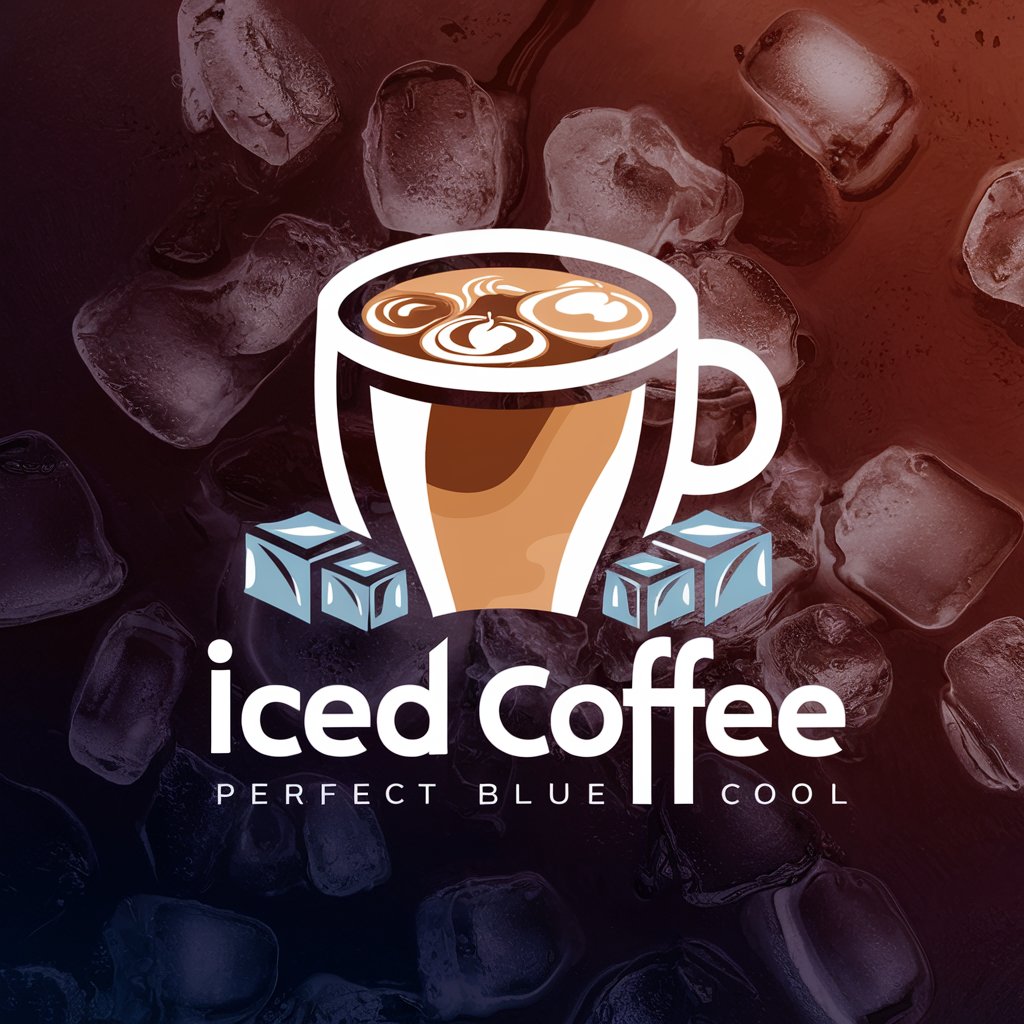
Low Price
Unleash Savings with AI-Powered Deals
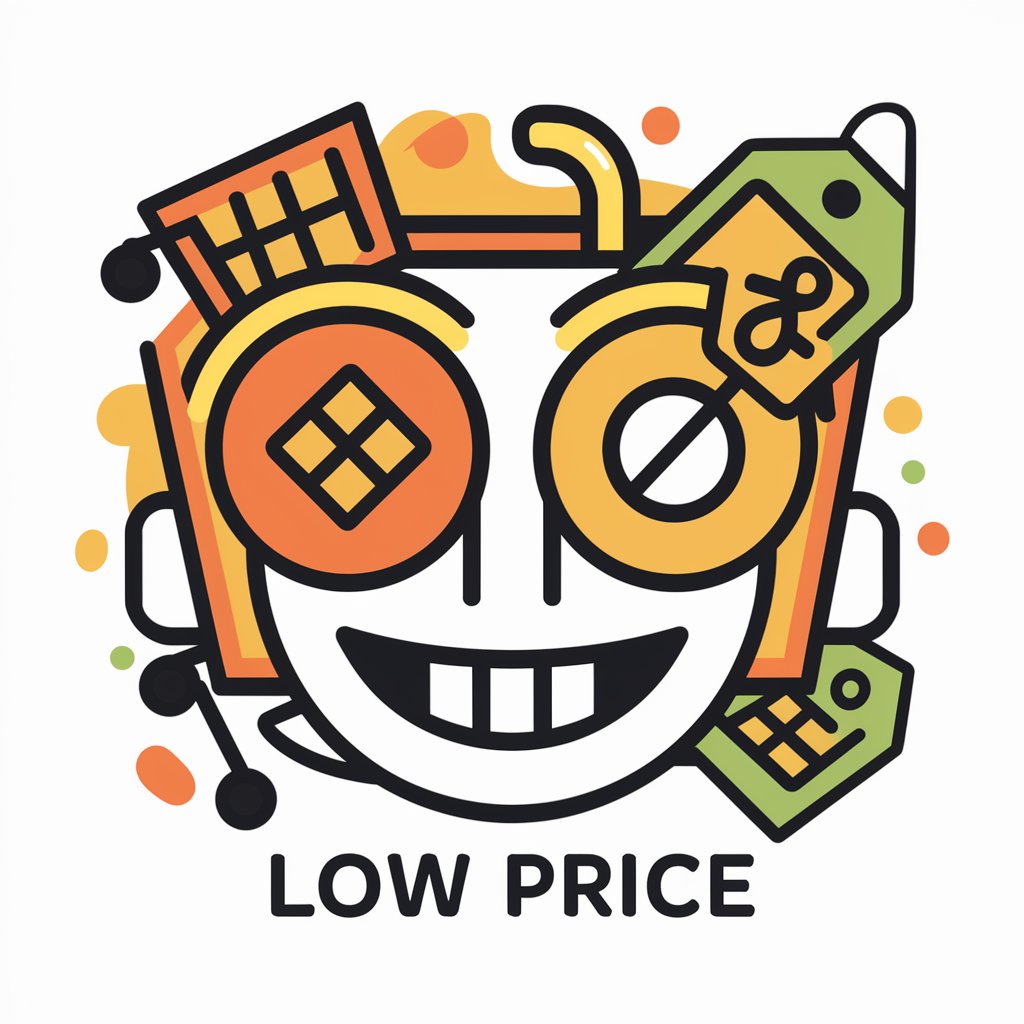
invoke教學指南
Empowering Creativity with AI
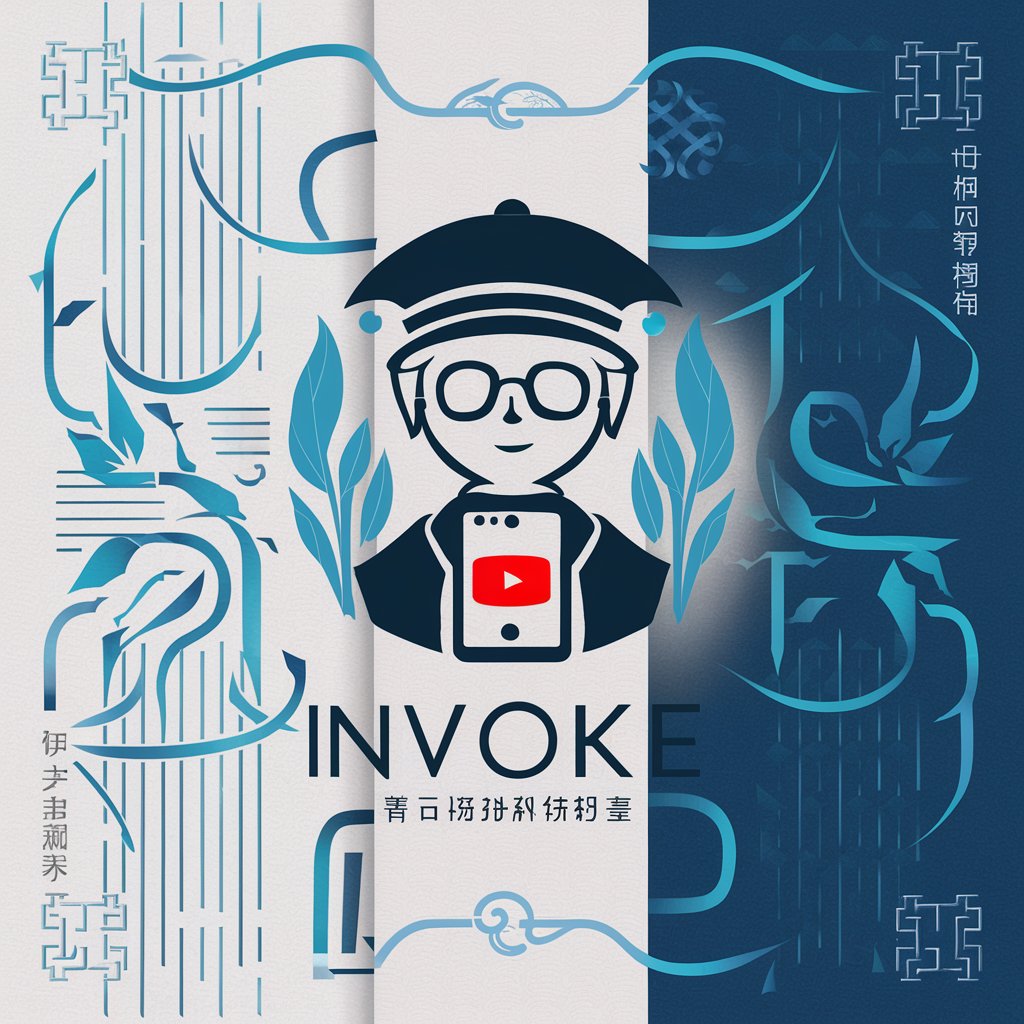
Marao Burgers
Craft Your Perfect Burger Experience
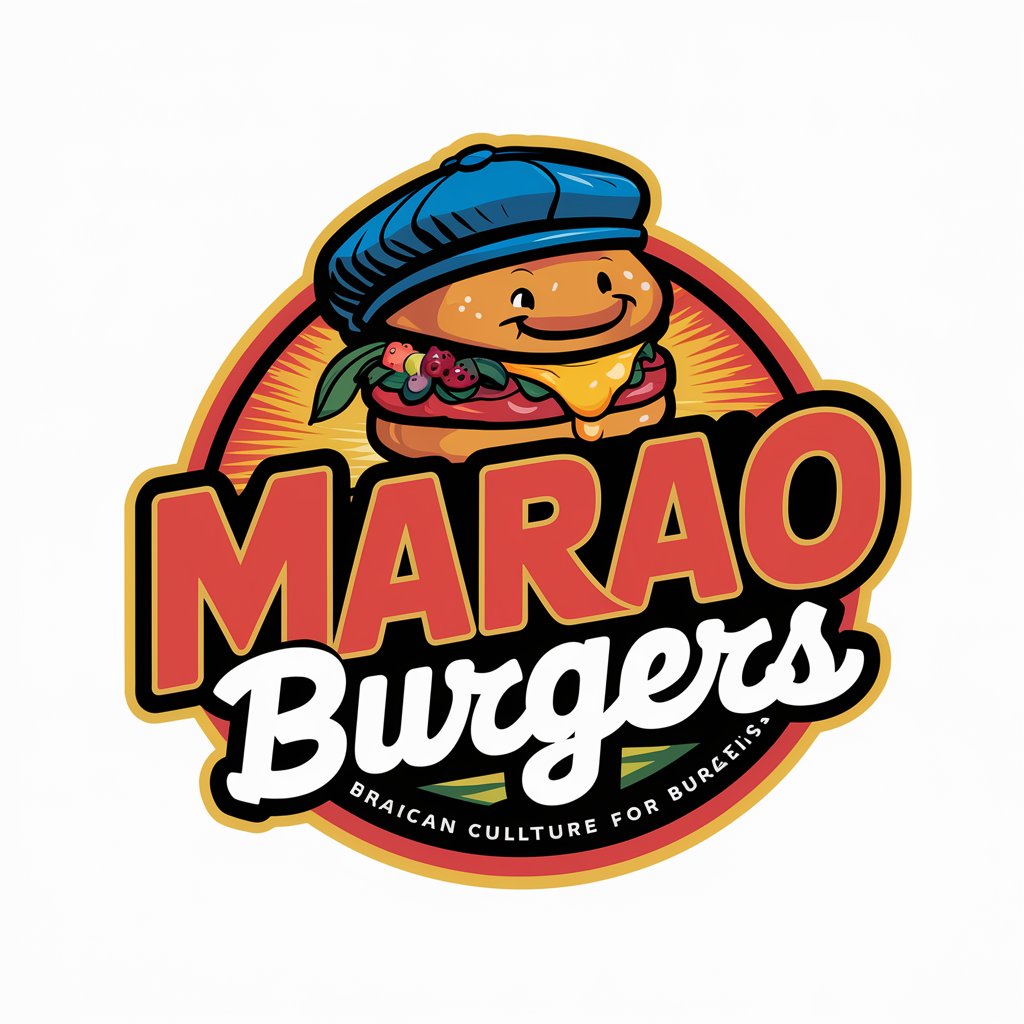
Find and hire the best candidates!
Streamline Your Hiring with AI

Coffee Chat Topics Expert
Elevate your professional conversations with AI

Hardware Store
AI-powered Hardware Store Assistant

Discount
Unlock savings with AI-powered discounts

Charging Station
Power Your Journey with AI

SEO Content Architect
Optimize Content with AI-Powered Insights

Content Analyzer for Balanced Lifers
Empowering content with AI-driven wellness insights

In-Store Merchandising Q&A
What is in-store merchandising?
In-store merchandising involves strategically arranging products within a retail space to improve visibility, enhance customer experience, and increase sales. This includes layout design, display setups, signage, and promotional material placement.
How can in-store merchandising impact sales?
Effective in-store merchandising can significantly impact sales by attracting customers' attention to specific products, encouraging impulse buys, and making the shopping experience more enjoyable and intuitive, leading to increased basket sizes.
What are some effective visual merchandising techniques?
Effective techniques include using high-impact displays at store entrances, grouping related products together, creating thematic displays around seasons or events, ensuring products are at eye level, and using lighting and colors to highlight products.
How often should I change my store's layout or displays?
It's advisable to refresh your store's layout and displays periodically, especially to coincide with new product launches, seasons, and holidays. This keeps the shopping experience fresh and encourages repeat visits.
Can in-store merchandising be tailored for different types of retail stores?
Absolutely. Whether you operate a boutique, supermarket, or specialty store, in-store merchandising can be customized to fit your specific product range, target audience, and store layout, maximizing its effectiveness.
